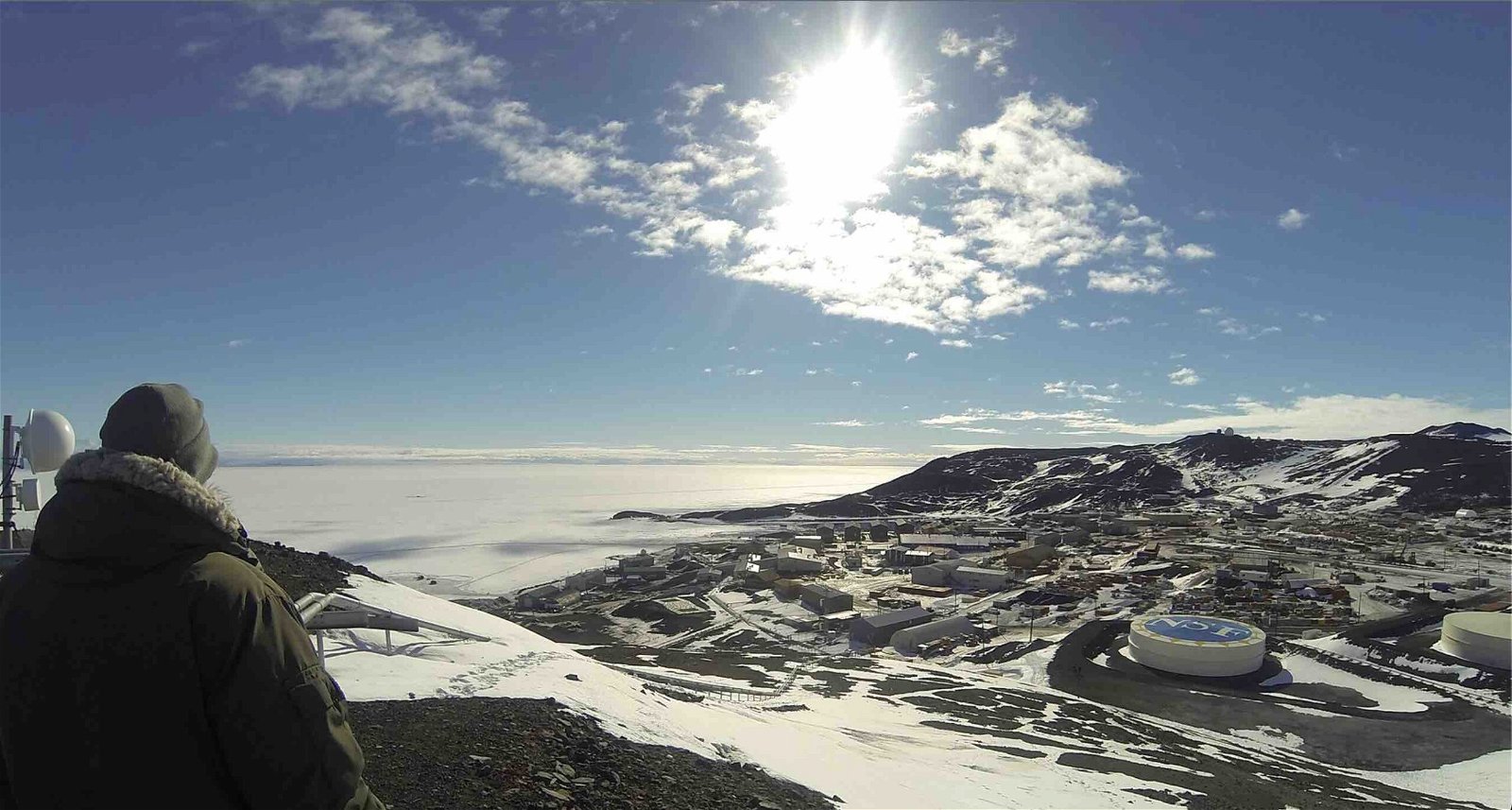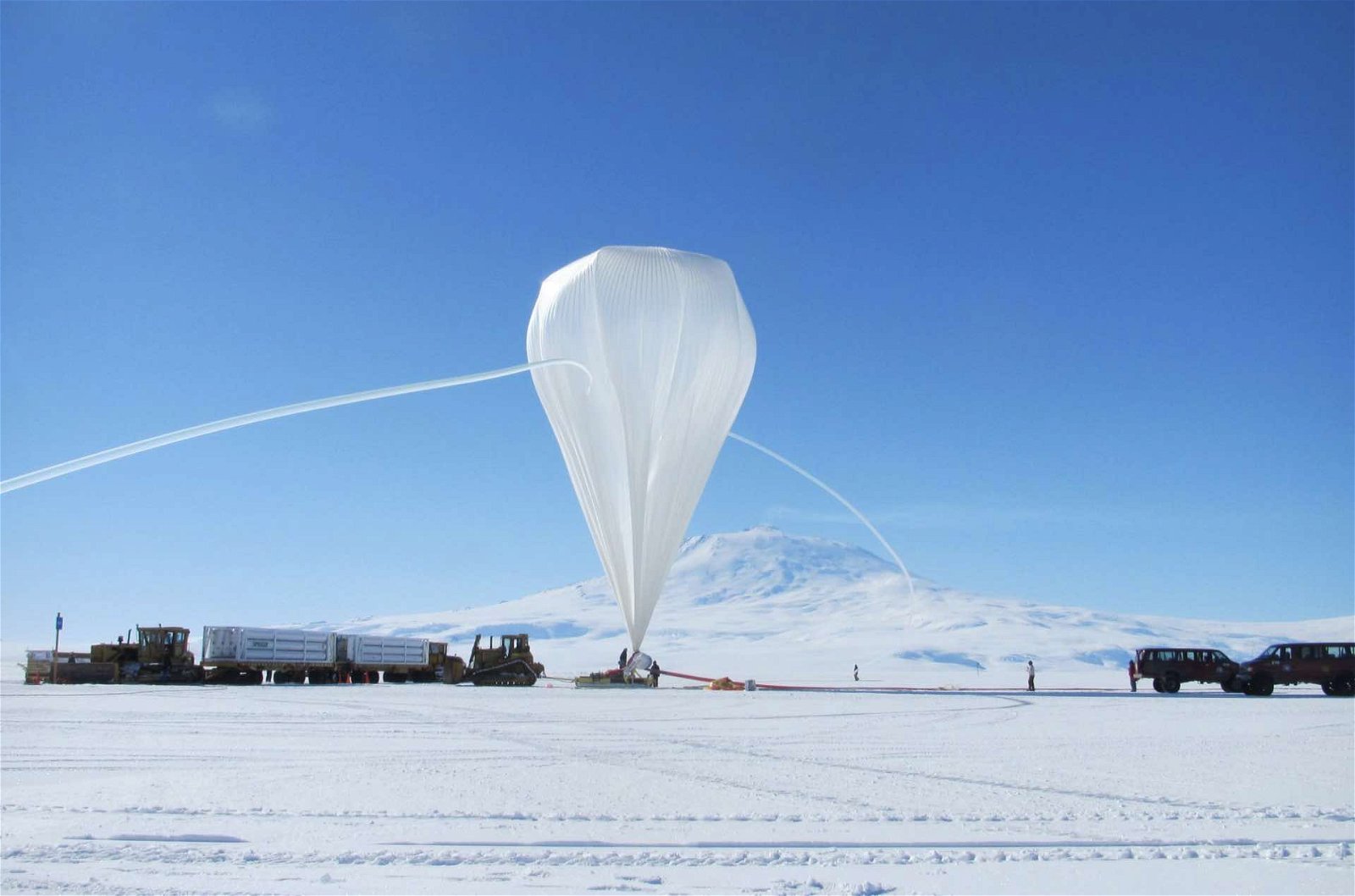A long-duration aerial mission soon to be carried out by NASA over Antarctica will launch stadium-sized craft in support of a series of record-breaking science missions, the agency announced this week.
The Antarctic Long Duration Balloon (LDB) Campaign, which includes a trio of scientific balloon flights equipped to study a range of different phenomena, will launch at the beginning of December, according to a press release NASA issued on Monday.
The mission will employ a series of massive zero-pressure balloons, which the American space agency says will support five missions in total.
Equipped with open ducts through which gas can escape, thereby eliminating the buildup of pressure within, zero-pressure balloons expand as they accumulate heat from the rising Sun as they are being carried aloft. Conversely, as the Sun sets, heat is lost, which results in a loss of gas, which causes zero-pressure balloons to have a shorter flight duration than other inflatable systems.
However, long-duration missions can be achieved during the polar summer, a period during which the balloons remain in constant sunlight for extended periods.
One of the missions aims to break a previous long-duration balloon flight record of just over 55 days. The balloons will launch from NASA’s facility for balloon launches located close to McMurdo Station, the largest community on Earth’s southernmost continent located on the southern edge of Ross Island, Antarctica.


Andrew Hamilton, acting chief of NASA’s Balloon Program Office (BPO), said the annual launch will carry NASA’s stadium-sized balloons to altitudes where stratospheric wind conditions will “provide a unique and valuable opportunity to fly missions in a near-space environment for days or weeks at a time.”
A primary component of the 2023 launch is NASA’s GUSTO mission, or Galactic/Extragalactic ULDB Spectroscopic Terahertz Observatory, which the agency says will conduct measurements of emissions from cosmic material located between stars known as the interstellar medium.
The space agency says the data GUSTO collects during its time in flight above Antarctica will provide scientists with valuable information about the life cycle of interstellar gas that populates the Milky Way. Other phenomena GUSTO will observe over the course of its mission include star formation and destruction, as well as how gases flow near the center of our galaxy.
GUSTO will be armed with a telescope equipped to detect oxygen, carbon, and nitrogen emission lines.
“This unique combination of data will provide the spectral and spatial resolution information needed for Walker and his team to untangle the complexities of the interstellar medium,” read a portion of a NASA mission brief detailing the mission, “and map out large sections of the plane of our Milky Way galaxy and the nearby galaxy known as the Large Magellanic Cloud.”
While GUSTO is the premier science mission that will be undertaken during this year’s flight, several additional science objectives will be carried out during NASA’s annual Antarctic LDB campaign, including the Anti-Electron Sub-Orbital Payload (AESOP-Lite) mission, which will study cosmic ray electrons and positrons.


Additionally, an engineering test flight called the Long durAtion evalUation solaR hand LAunch (LAURA) mission will employ solar panels to help extend the use and duration of the hand launch platform used at NASA’s Antarctic facility for long-duration flights. The experiment will help remedy problems that arise from hand-launched balloons, the flight time of which is impacted significantly by the power systems contained in their payloads, which are used to power the scientific instruments they carry.
Among the hand-launched missions conducted in December will also be NASA’s Anihala (Antarctic Infrasound Hand Launch) mission, which will be a component of the payload equipped with AESOP-Lite that will measure the subtleties of background sound in Earth’s stratosphere. The experiment will offer a unique opportunity to make such observations over a region of the planet where sound produced by human civilization is minimal.
“The annual Antarctic long-duration balloon campaign is the program’s flagship event for long-duration missions,” Hamilton said in a statement.
“The BPO team is excited to provide support to all our missions this year,” he added.
Micah Hanks is the Editor-in-Chief and Co-Founder of The Debrief. He can be reached by email at micah@thedebrief.org. Follow his work at micahhanks.com and on Twitter: @MicahHanks.

